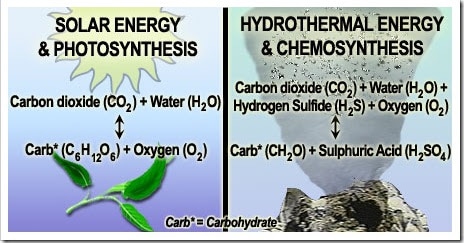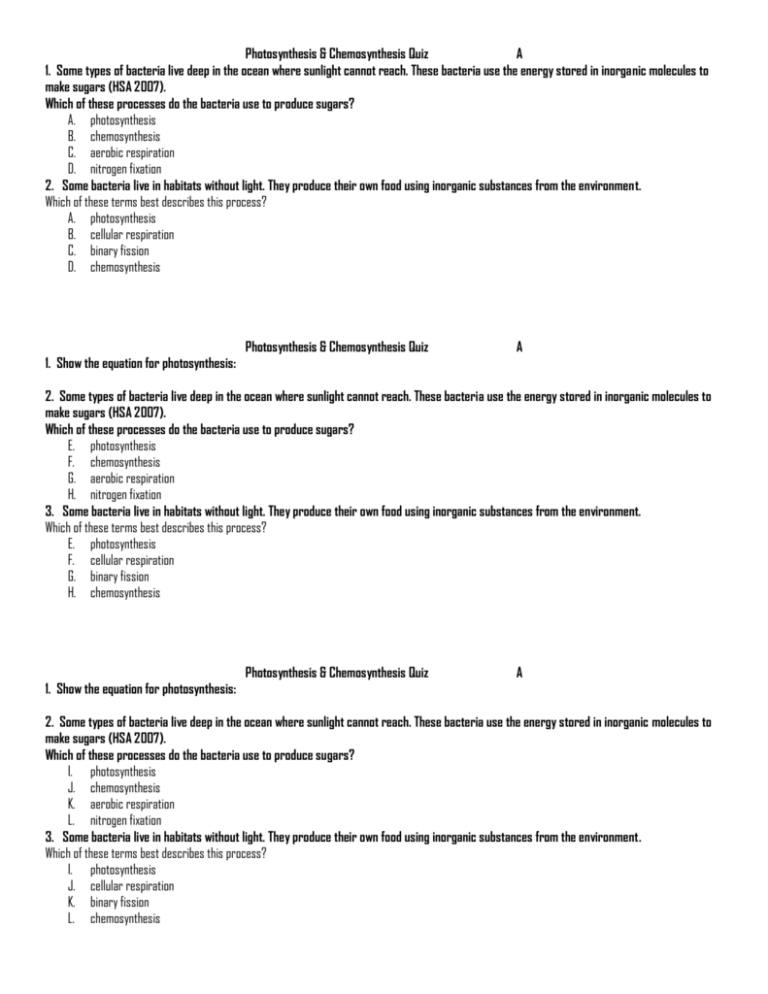Do you interested to find 'chemosynthesis equation sugar'? Here you can find questions and answers on the topic.
Letter a commonly used instance equation for chemosynthesis shows the translation of carbon dioxide into sugar with the help of hydrogen sulfide gas: 12H 2 Mho + 6CO 2 → C 6 H 12 O 6 (sugar molecule) + 6H 2 O + 12S This equation is sometimes reduced to its simplest come-at-able ratio of ingredients.
Table of contents
- Chemosynthesis equation sugar in 2021
- Chemosynthesis diagram
- Chemosynthesis bacteria
- Chemical products of chemosynthesis
- Products of chemosynthesis
- Chemosynthesis examples
- Chemosynthesis and photosynthesis
- Photosynthesis and chemosynthesis venn diagram
Chemosynthesis equation sugar in 2021
 This image illustrates chemosynthesis equation sugar.
This image illustrates chemosynthesis equation sugar.
Chemosynthesis diagram
 This image shows Chemosynthesis diagram.
This image shows Chemosynthesis diagram.
Chemosynthesis bacteria
 This picture illustrates Chemosynthesis bacteria.
This picture illustrates Chemosynthesis bacteria.
Chemical products of chemosynthesis
 This picture demonstrates Chemical products of chemosynthesis.
This picture demonstrates Chemical products of chemosynthesis.
Products of chemosynthesis
 This image representes Products of chemosynthesis.
This image representes Products of chemosynthesis.
Chemosynthesis examples
 This image demonstrates Chemosynthesis examples.
This image demonstrates Chemosynthesis examples.
Chemosynthesis and photosynthesis
 This image shows Chemosynthesis and photosynthesis.
This image shows Chemosynthesis and photosynthesis.
Photosynthesis and chemosynthesis venn diagram
 This image demonstrates Photosynthesis and chemosynthesis venn diagram.
This image demonstrates Photosynthesis and chemosynthesis venn diagram.
Which is a distinguishing characteristic of chemosynthesis?
Notice how the distinguishing characteristic of chemosynthesis is the utilization of hydrogen sulfide, not sunlight, which acts as a driver for the reaction.
Which is the inorganic energy source for chemosynthesis?
The inorganic “energy source” is usually a molecule that has electrons to spare, such as hydrogen gas, hydrogen sulfide, ammonia, or ferrous iron. Like photosynthesis and cellular respiration, chemosynthesis uses an electron transport chain to synthesize ATP.
What is the chemical equation for chemosynthesis?
The chemical equation is: 12H2S + 6CO2 ------> C6H12O6 + 6H2O + 12S. This reaction is only slightly different than the equation for photosynthesis, where sunlight combines with carbon dioxide and water to make sugar and oxygen gas.
How are bacteria involved in the process of chemosynthesis?
You see, within the gut of tube worms live chemosynthetic bacteria. Chemosynthetic organisms all tend to be bacteria, even if larger organisms incorporate these bacteria into themselves. These bacteria use the hydrogen sulfide, an inorganic molecule, to produce sugar, a carbon-based organic molecule.
Last Update: Oct 2021